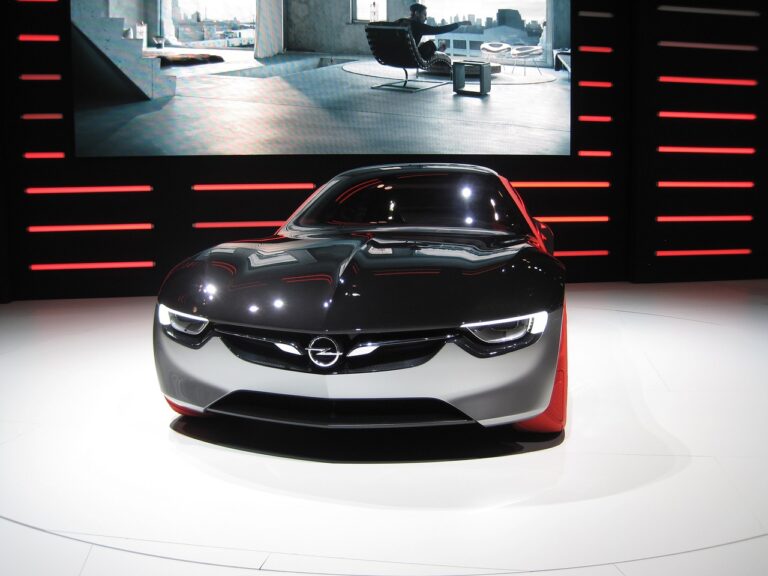The Evolution of Car Fuel Efficiency: From Carburetors to Direct Injection to Hybridization
As automobiles emerged in the late 19th century, the need for efficient fuel delivery systems became apparent. Early vehicles relied on primitive designs such as gravity-fed systems or rudimentary fuel pumps to supply gasoline to the engine. These early fuel systems were basic in design and lacked the sophistication seen in modern vehicles.
One of the earliest fuel delivery systems used in automobiles was referred to as the surface carburetor. This simple device mixed air and gasoline in a chamber before delivering the combustible mixture to the engine. The surface carburetor proved to be a vital component in the early days of automotive history, allowing vehicles to operate more efficiently than earlier models.
Carburetors: The Standard for Decades
Carburetors revolutionized the automotive industry by providing a reliable and efficient method of mixing fuel and air for combustion within the engine. These mechanical devices were ubiquitous in vehicles for many decades, from the early 20th century up until the rise of electronic fuel injection in the late 20th century.
Despite their simplicity, carburetors played a crucial role in optimizing engine performance and fuel efficiency. Mechanics and car enthusiasts alike appreciated the straightforward design of carburetors, which allowed for easy adjustments and maintenance. As the automotive industry evolved, carburetors became a symbol of classic engineering and a hallmark of traditional automobile design.
Rise of Electronic Fuel Injection
Electronic fuel injection (EFI) revolutionized the automotive industry by providing more precise control over the fuel delivery system. EFI systems utilize electronic sensors to monitor various engine parameters such as airflow, temperature, and throttle position, allowing for optimal fuel-air mixture ratios at all times. This level of accuracy results in improved fuel efficiency, performance, and emissions control.
Unlike carburetors, EFI systems do not rely on mechanical components to regulate fuel intake, making them more reliable and efficient. The transition to electronic fuel injection began in the 1980s, and by the 1990s, it had become the standard in the automotive industry. The advancement of technology continues to refine EFI systems, with features such as direct injection and variable valve timing further enhancing engine performance and fuel economy.





